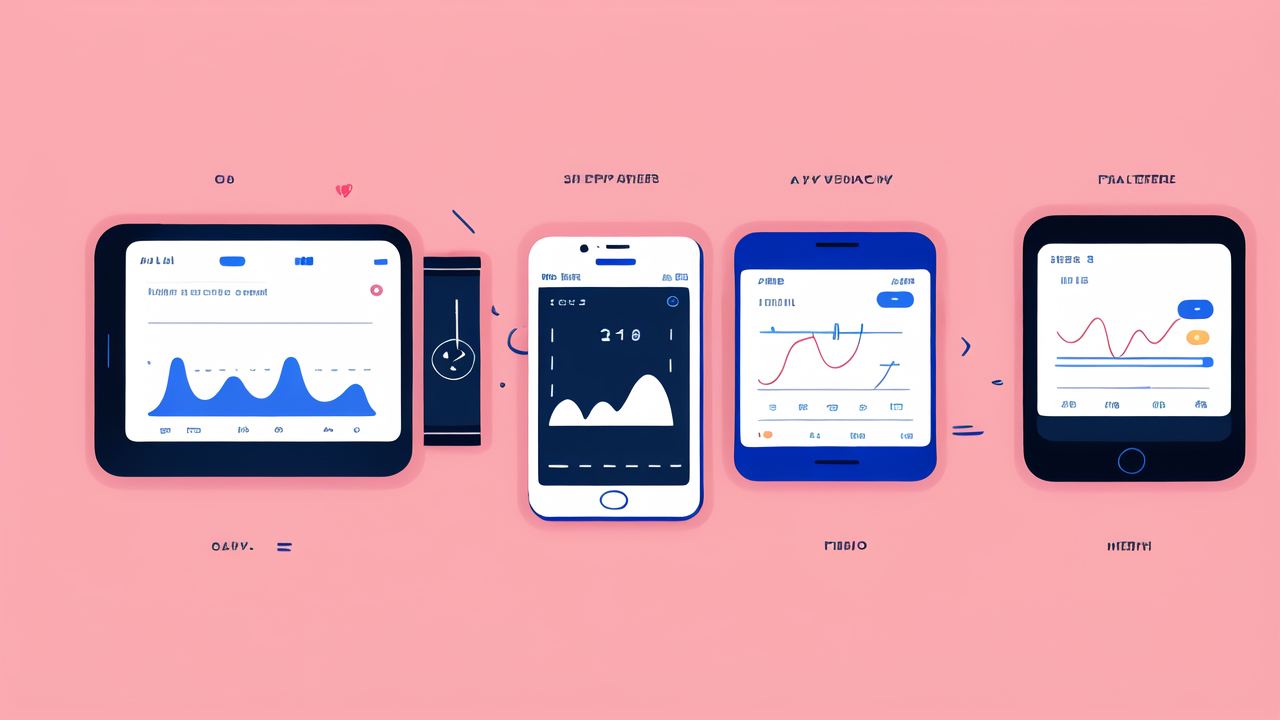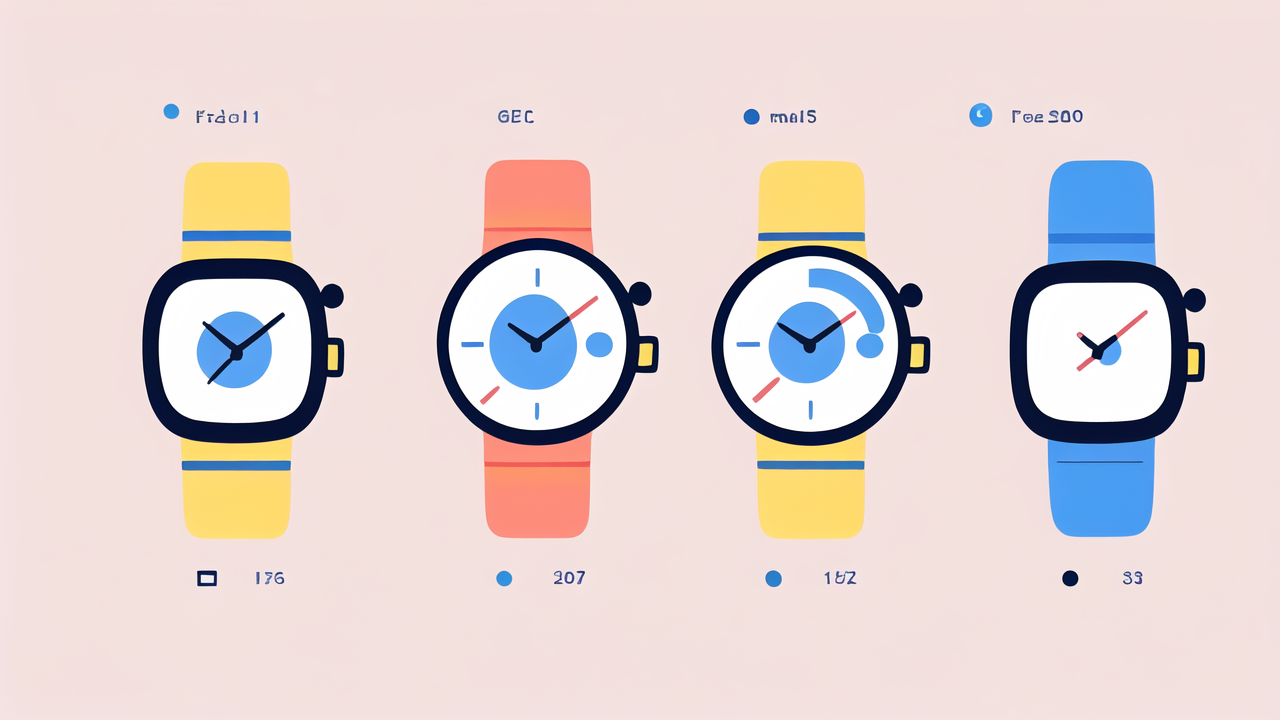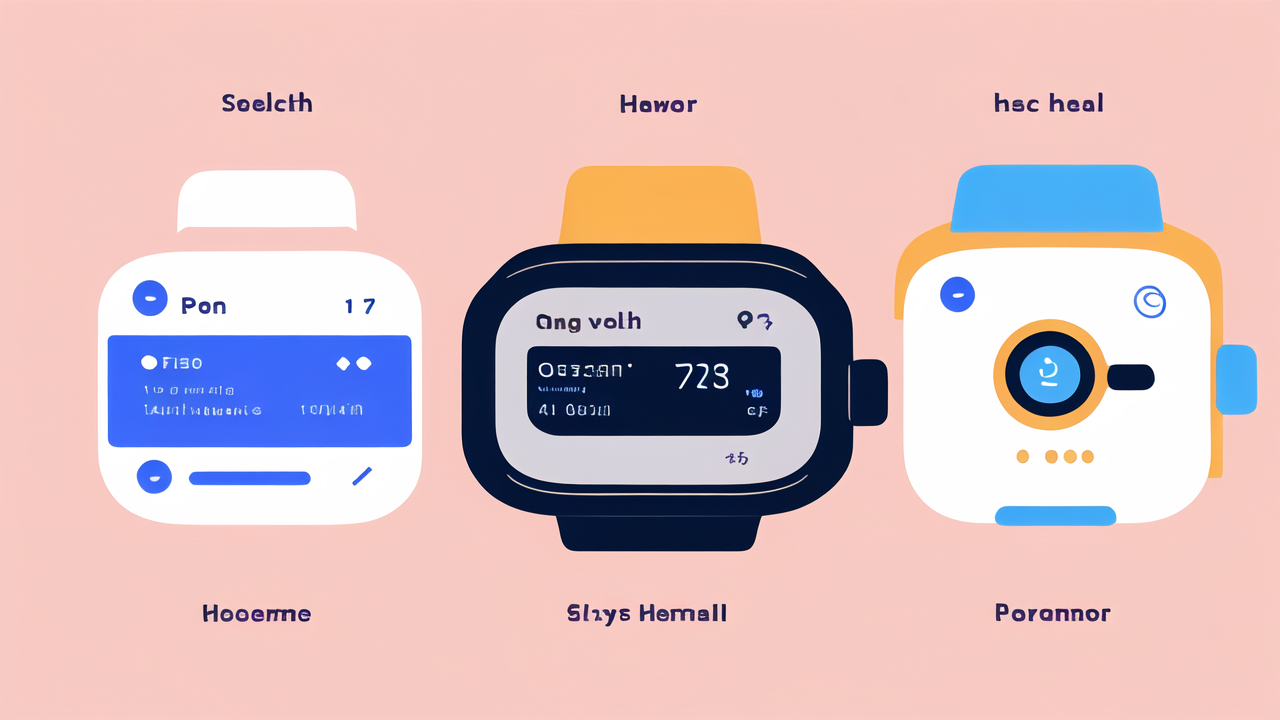Understanding the Differences Between Fila Watches and Smart Bands
The Evolution of Fila Watches: From Basic Timepieces to Smart Devices
Fila watches have come a long way since their inception. They started as simple timepieces, focusing on style and durability. Over time, they've added more features to keep up with changing trends.

Today's Fila watches offer basic health tracking. They can count steps and monitor sleep patterns. Some models even have heart rate sensors. However, their main focus remains on being a fashionable accessory.
Fila has tried to blend traditional watch design with smart features. This approach appeals to those who want a classic look with some modern perks. But their health tracking abilities are still limited compared to dedicated smart bands.
Key Features of Smart Bands That Fila Watches Lack
Smart bands are purpose-built for health tracking. They offer a wide range of features that Fila watches don't have. Here are some key differences:
- Continuous heart rate monitoring
- Blood oxygen level tracking
- Stress level measurement
- Detailed sleep analysis
- GPS tracking for outdoor activities
- Water resistance for swimming
- Longer battery life
- Smartphone notifications
- Customizable watch faces
Smart bands are designed to be worn 24/7. They collect data constantly, giving a more complete picture of your health. Most smart bands also have apps that provide in-depth analysis of your data.
Comparing the Design and Functionality of Fila Watches and Smart Bands
Fila watches prioritize style. They look like traditional watches, with round faces and leather or metal straps. This makes them suitable for formal occasions. However, their screens are often small, limiting the information they can display.
Smart bands have a more modern, sporty look. They usually have larger, rectangular screens. This allows them to show more data at once. Their straps are often made of silicone or fabric for comfort during exercise.
In terms of functionality, smart bands offer more. They have touchscreens and multiple sensors. This allows for more complex health tracking and easier navigation through features. Fila watches, while stylish, are more limited in what they can do and show.
The Health Tracking Capabilities of Fila Watches and Smart Bands
Analyzing the Health Metrics Measured by Fila Watches
Fila watches offer basic health tracking features. Here's what most models can measure:

- Step count: They use motion sensors to track your daily steps.
- Distance traveled: Based on your step count, they estimate how far you've walked.
- Calories burned: Using step count and basic personal info, they estimate calorie burn.
- Sleep duration: They can track how long you sleep each night.
- Heart rate: Some models have sensors to measure your heart rate.
These features are useful for casual users who want to keep an eye on their activity levels. However, the accuracy and depth of data are limited compared to smart bands.
The Advanced Health Features of Smart Bands
Smart bands take health tracking to the next level. They offer more detailed and varied metrics:
- Continuous heart rate monitoring: Tracks your heart rate all day and night.
- Blood oxygen levels: Measures the oxygen saturation in your blood.
- Stress tracking: Uses heart rate variability to estimate stress levels.
- Detailed sleep analysis: Tracks sleep stages, including REM, light, and deep sleep.
- Menstrual cycle tracking: Helps women monitor their cycles and fertility.
- ECG readings: Some advanced models can take electrocardiogram readings.
- Skin temperature: Can detect changes in body temperature.
Smart bands also often include guided breathing exercises and mindfulness features. They provide more comprehensive health insights and can even detect potential health issues.
How Fila Watches and Smart Bands Compare in Monitoring Daily Activities
Both Fila watches and smart bands can track daily activities, but they differ in depth and accuracy.
Fila watches focus on basic metrics like steps and calories. They're good for people who want a general idea of their activity levels. The data is usually displayed on the watch face or through a basic app.
Smart bands offer more detailed activity tracking. They can automatically detect different types of exercise. They also provide real-time heart rate data during workouts. This helps users understand their exercise intensity.
Smart bands often have GPS, allowing for accurate tracking of outdoor activities. They can map your routes and provide detailed pace and distance information. Fila watches typically lack this feature.
Overall, smart bands provide a more complete picture of your daily activities and fitness levels. They offer more data points and more accurate measurements.
Selecting the Right Health Tracking Device: Fila Watches or Smart Bands?
Assessing the Cost-Benefit of Investing in a Smart Band vs. a Fila Watch
When choosing between a Fila watch and a smart band, cost is an important factor. Here's a breakdown:

Fila Watches:
- Generally less expensive
- Offer basic health tracking
- Double as a fashion accessory
- May need less frequent charging
Smart Bands:
- Often more expensive
- Provide advanced health tracking
- Focus on functionality over style
- Usually have longer battery life
For casual users, a Fila watch might offer enough features at a lower price. However, if you're serious about health tracking, a smart band's extra features may be worth the higher cost.
Consider how much you value detailed health data. If you just want to track steps and sleep, a Fila watch might suffice. But if you want comprehensive health insights, a smart band is a better investment.
Integrating Health Tracking Devices into Lifestyle and Wellness Routines
Both Fila watches and smart bands can enhance your wellness routine, but in different ways.
Fila watches are less intrusive. They blend into your daily life like a regular watch. They're good for people who want subtle health tracking without changing their routine much.
Smart bands are more proactive. They send reminders to move, suggest workout routines, and provide real-time feedback. This can be motivating for those trying to improve their fitness.
Smart bands also integrate better with other health apps and devices. They can sync with nutrition apps, smart scales, and fitness equipment. This creates a more comprehensive health ecosystem.
Consider how much guidance and data you want. If you prefer a hands-off approach, a Fila watch might be enough. But if you want a device that actively helps you improve your health, choose a smart band.
User-Friendly Analysis: Who is More Likely to Use and Benefit from Fila Watches or Smart Bands?
Fila watches are ideal for:
- Fashion-conscious individuals who want a stylish accessory
- Casual users who want basic health tracking
- People who prefer traditional watch designs
- Those who don't want to charge their device frequently
Smart bands are better for:
- Fitness enthusiasts who want detailed workout data
- Health-conscious individuals interested in comprehensive health metrics
- Tech-savvy users who enjoy analyzing their data
- People with specific health concerns who need constant monitoring
Your choice depends on your priorities. If style and simplicity are key, go for a Fila watch. If health tracking is your main goal, a smart band is the better choice.
Remember, the best device is the one you'll actually use. Choose the option that fits your lifestyle and health goals best. Whether it's a Fila watch or a smart band, consistent use is key to improving your health.




Leave a comment
This site is protected by hCaptcha and the hCaptcha Privacy Policy and Terms of Service apply.